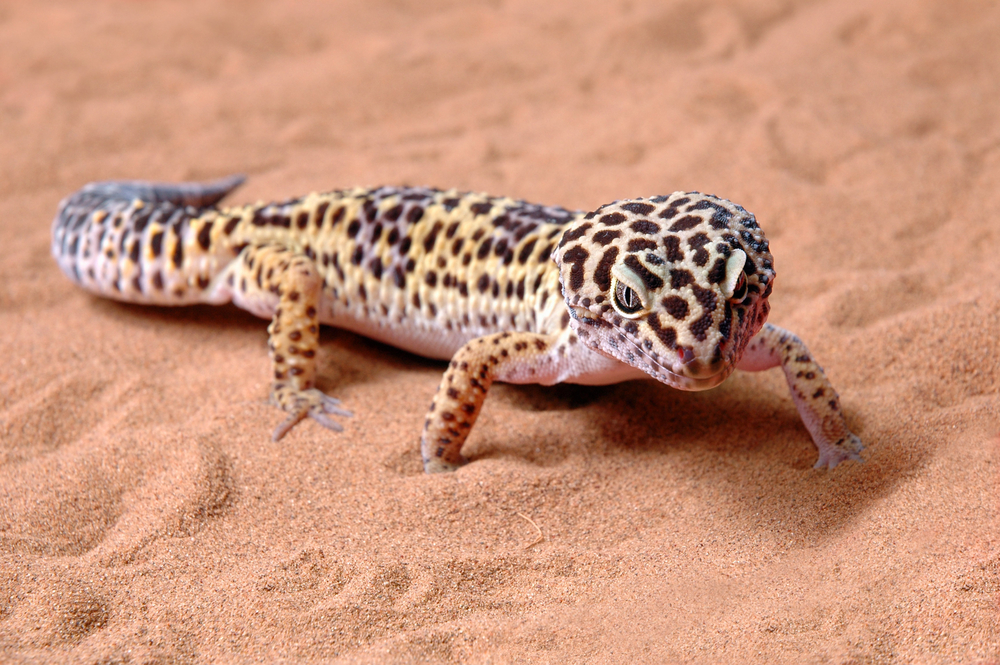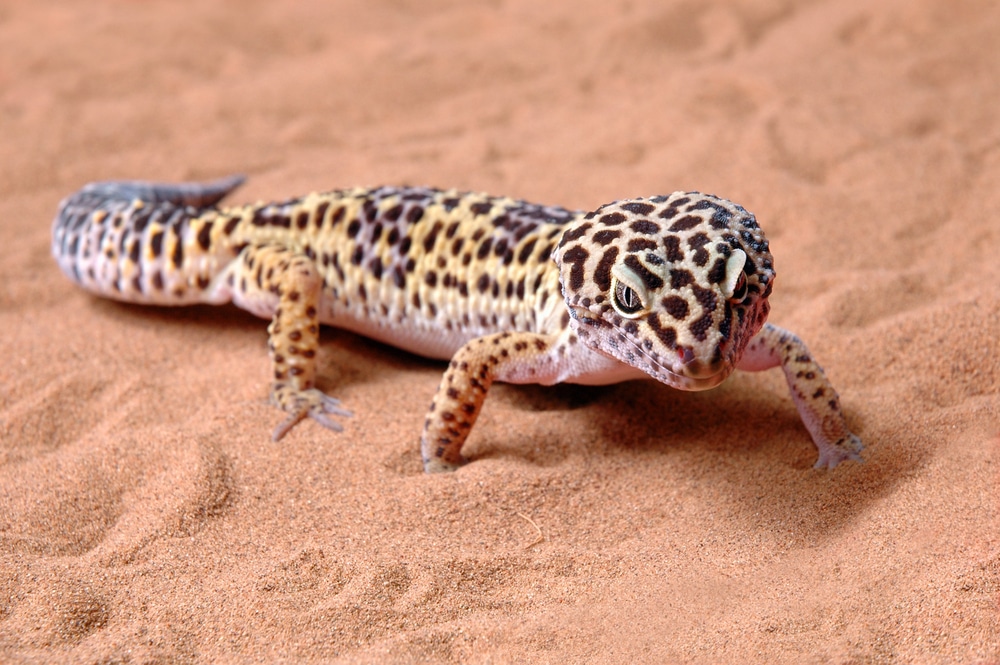Is calcium sand OK to use for my leopard gecko? Is sand OK to use?
I bought a leopard gecko yesterday from a pet retailer. They told me to get calcium sand for the ground surface because it is good for the gecko and the most natural of all surfaces. Earlier today I joined an online leopard gecko discussion forum and posted a picture for them to see him. Most of the comments I got back were that young leopard geckos should not be in sand. Many of them told me I should be using paper towels, but I do not see why. If you could please get back to me about what ground surface I should provide for my gecko, I would greatly appreciate it. Thank you!
Sand and calcium sand are two different things. Regular sand is composed of tiny pieces of insoluble minerals (i.e. rocks) that may cause impaction if ingested when the gecko eats insects. Calcium sand is composed of calcium carbonate, the same chemical found in antacids, chalk and cuttlebone.
The gastrointestinal tract absorbs calcium carbonate if it’s ingested in small amounts, and the body uses the chemical for different functions that require calcium. There is some concern that if a large amount of calcium sand is ingested, it also could cause impaction problems.
When the online forum folks said your new gecko should not be on sand, I think you got confused. Calcium sand is not sand in the truest sense of the word. I think that is where the confusion came from.
Personally, I have used calcium sand for my herps, such as viper geckos, a frilled dragon and horned lizards. I’ve had no problems whatsoever. I have heard vague stories about impactions with calcium sand as a cage substrate, but I have never seen a case personally.
Although many geckos are from desert regions of the world, it isn’t recommended that regular sand be used in the bottoms of enclosures because captivity cannot mimic a true natural environment. Some owners and breeders prefer to use newspaper or paper towels in the bottoms of cages because they can more easily monitor the droppings. Calcium sand is perfectly fine to use in the bottom of your new gecko’s cage.
I know some people will disagree with me, but calcium sand has worked with my lizards. I like it. I actually used glow-in-the-dark calcium sand with my nocturnal viper geckos and it looked really cool when I shut off the full-spectrum fluorescent light at night. The sand glows a shade of green for a while after the lights go out.
If you notice your lizard is consuming any of the calcium sand, I recommend you monitor it very closely to ensure it doesn’t ingest too much, which could result in an impaction. If you suspect a problem, then switch to another substrate, and contact your herp veterinarian just in case.

shutterstock/polushkin ivan
It's recommended that regular sand shouldn't be used in the bottoms of a Leopard Gecko's cage.


